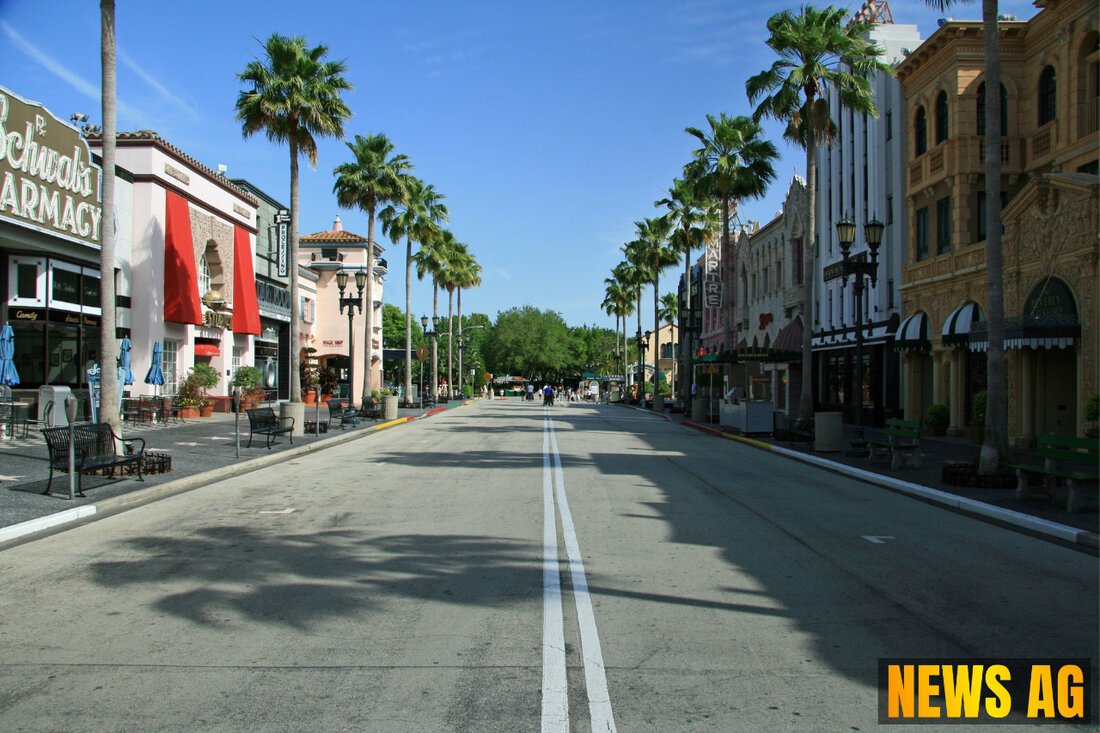Clay County's Future at Stake: Divided Opinions on Huge Development Plans
Residents of Green Cove Springs debate massive development plans by BTI Partners, amid concerns over infrastructure and environment.

Clay County's Future at Stake: Divided Opinions on Huge Development Plans
In Clay County, Florida, the local community finds itself in a heated debate over a massive development project in Green Cove Springs. BTI Partners, a Fort Lauderdale-based developer, has purchased approximately 6,500 acres aimed at creating two new master-planned communities. This sprawling project is significant in size, covering about half the area of Nocatee, which stretches across roughly 14,000 acres. The push for development comes in light of recent growth in the region, spurred by the completion of the First Coast Expressway. However, not everyone is onboard with the planned expansion.
Many residents have taken to social media to voice their concerns regarding the infrastructure and environmental impacts of the developments. Comments reflect a mix of apprehension and hope, with those against the project worried about what such a massive infrastructure change could mean for local ecosystems. For instance, James Dean, a local supporter, views the initiative as a beacon of job growth and a necessary response to the pressing need for housing in the area. Interestingly, a resident from nearby St. Johns County noted that both counties are seeing similar patterns of growth, raising questions about regional planning and development strategies.
Infrastructure Development in Response to Growth
In anticipation of the community’s expansion, the Clay County Board of County Commissioners is considering various strategies to enhance local infrastructure and services. Plans are in the works for new fire stations, road development, and a library to support the increasing population. Efforts to bolster infrastructure may alleviate some concerns, but the scale of these new developments raises many questions about the long-term effects on the community.
On August 15, 2025, BTI Partners sealed the deal on 3,200 acres for $93 million, which is strategically located west of U.S. 17 and near the existing Laurelton community. This transition from Governor’s Park to Laurelton marks a significant step in the development’s timeline. The communities planned by BTI not only aim to provide more housing but are also designed to cater to a growing population that increasingly looks to Clay County for affordable living options.
Environmental Considerations
Nevertheless, the environmental implications of such extensive housing developments cannot be overlooked. According to Local Housing Solutions, new housing projects can lead to environmental disruption, including the loss of forests and wetlands, as well as increased stormwater runoff. In fact, the new construction contributes significantly to greenhouse gas emissions—over 50 million tons annually in the U.S., equivalent to the emissions from 138 natural gas-fired power plants.
As the dialogue continues, voices on both sides of the issue highlight the importance of balanced development strategies. While there’s a strong push for new housing to meet demand, the community remains keenly aware of the potential costs to the environment. Sustainable practices, such as green infrastructure solutions, could mitigate some of these impacts, but the effectiveness of such measures remains a topic of debate.
Overall, the current situation in Clay County stands as a critical juncture for development, infrastructure planning, and environmental stewardship. As residents weigh their options, it’s clear that this is just the beginning of an important conversation about the future of Green Cove Springs and its surrounding areas. Will the community succeed in finding a path that balances growth with sustainability? Only time will tell.

 Suche
Suche
 Mein Konto
Mein Konto